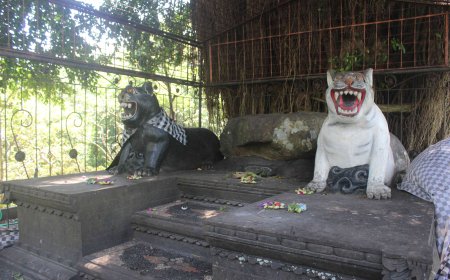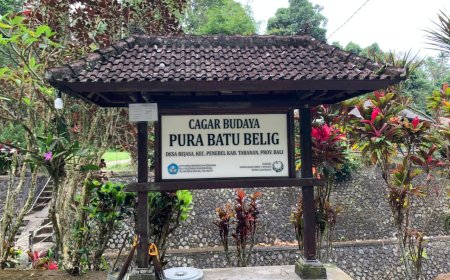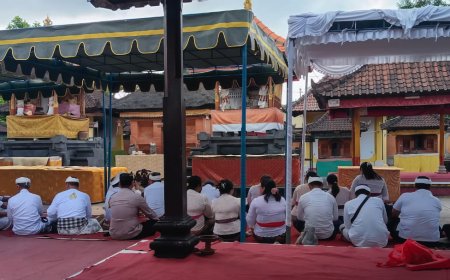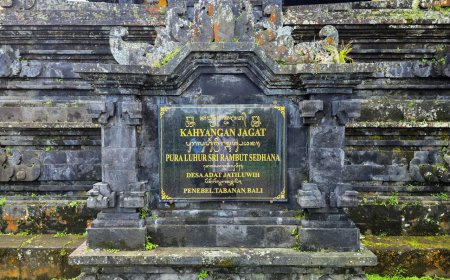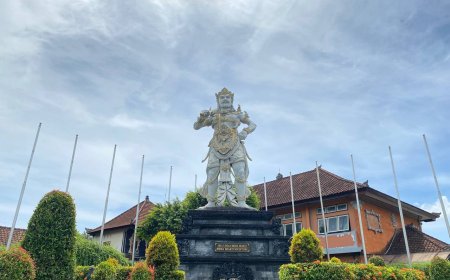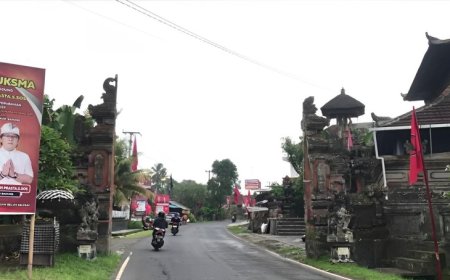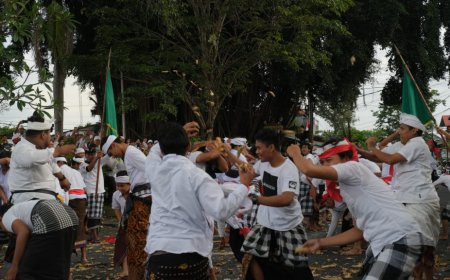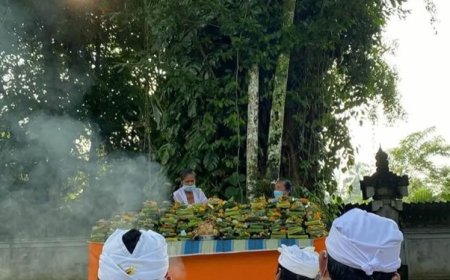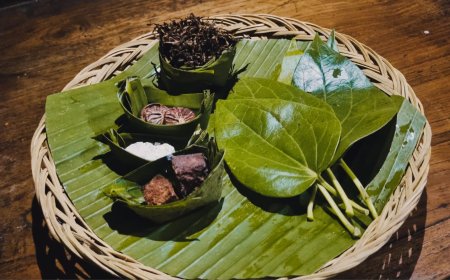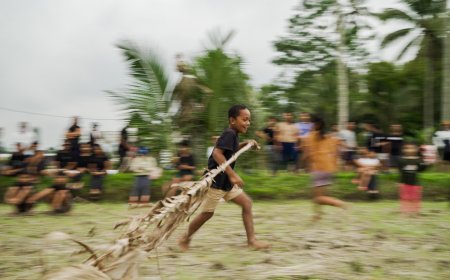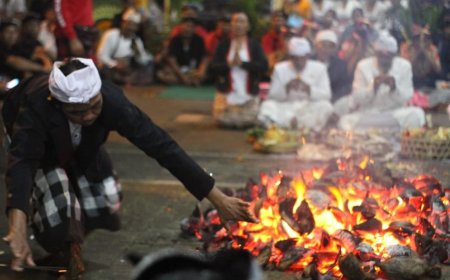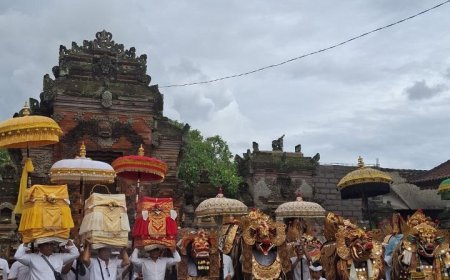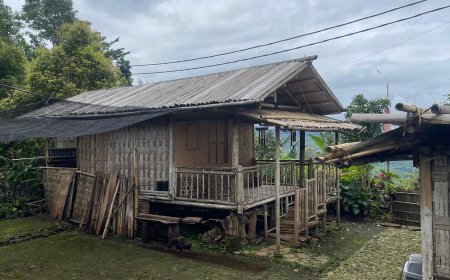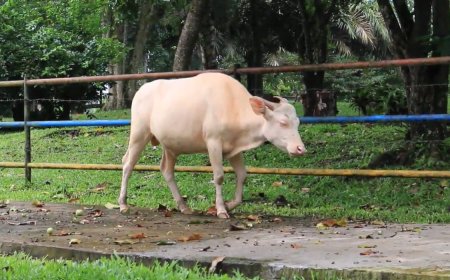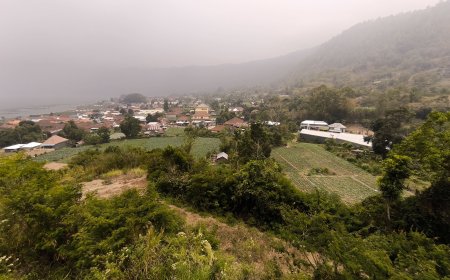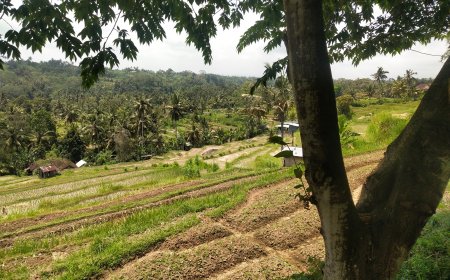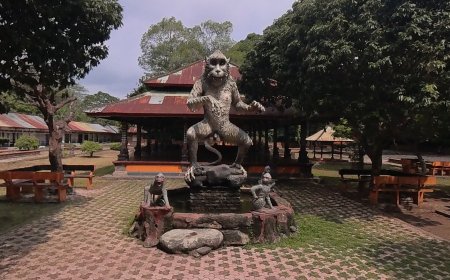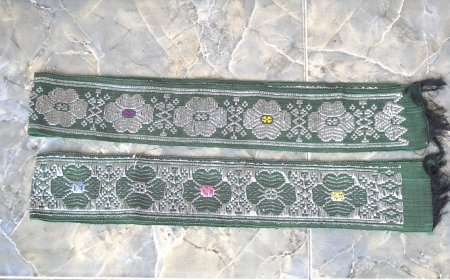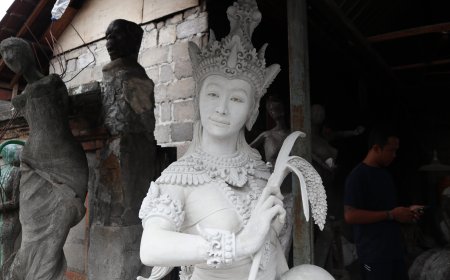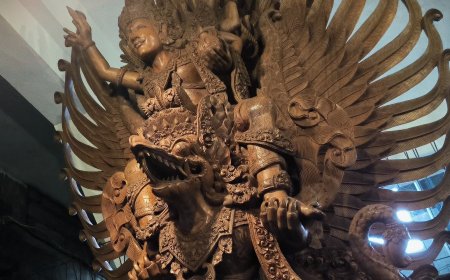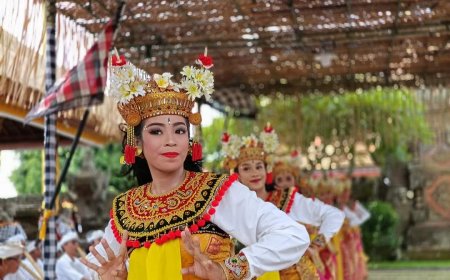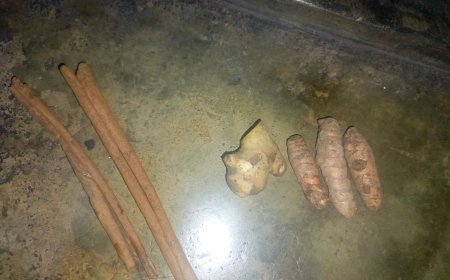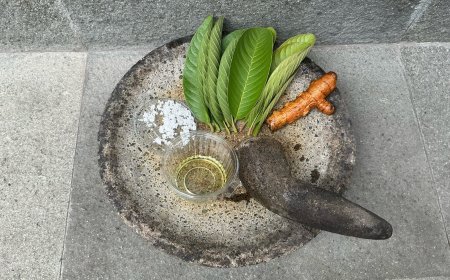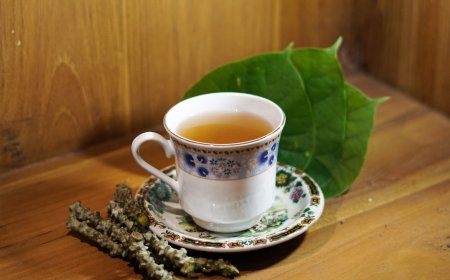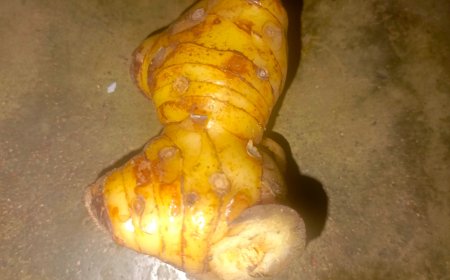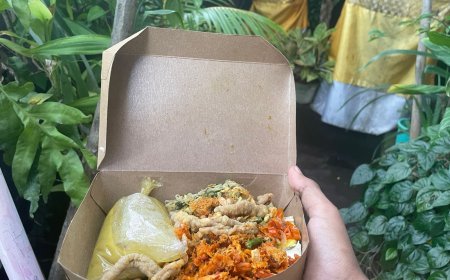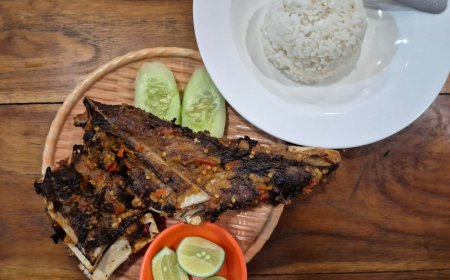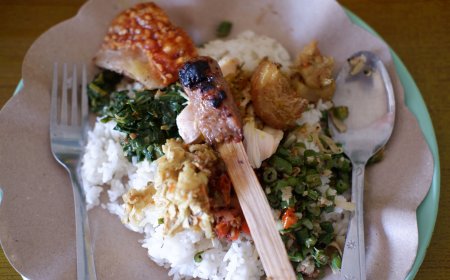Jaje Abug: Traditional Snack from Bangli, Inherited from Ancestral Heritage
Jaje abug is a traditional snack from Bangli, Bali, passed down through generations as a legacy from ancestors. Made with basic ingredients like sticky rice, coconut, and Balinese sugar, jaje abug offers a simple yet naturally delicious flavor. Its presence in various ceremonial events adds a special atmosphere that enriches the sacred setting, strengthens family bonds, and fosters togetherness during major celebrations like Galungan and Kuningan.

Jaje abug is a traditional snack that not only delights with every bite but also carries deep cultural and historical value. In Bali, especially in Bangli, jaje abug has been passed down through generations as a signature treat crafted with great care. Made with natural ingredients, including glutinous rice, coconut, and Balinese palm sugar, jaje abug offers a simple yet rich flavor that embodies the essence of local taste. In various traditional ceremonies, such as Galungan and Kuningan, the presence of jaje abug symbolizes togetherness and happiness, strengthening family bonds as members gather in a reverent and communal atmosphere.
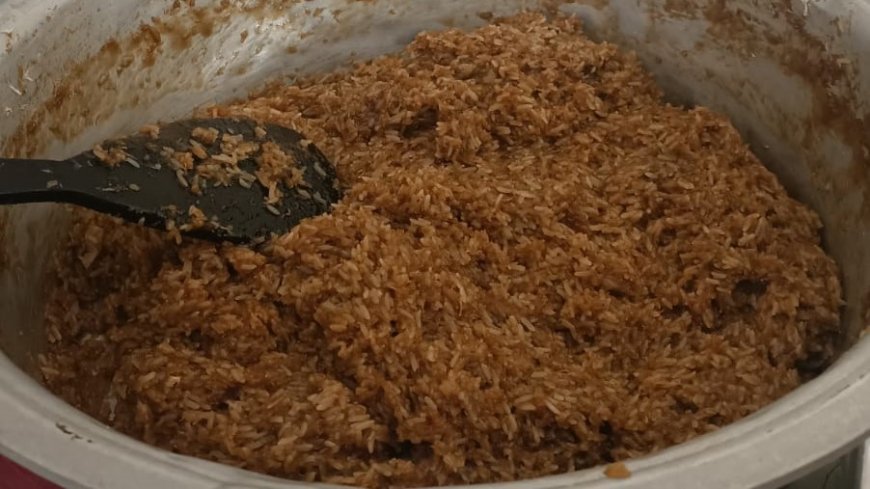
Sticky Rice, Coconut, and Balinese Sugar Mixture (Image Source: Personal Collection)
Jaje abug is made from relatively simple ingredients that are rich in flavor and benefits. Glutinous rice serves as the main ingredient, providing a soft texture that blends with the savory taste of grated coconut and the distinct sweetness of Balinese palm sugar. Unlike modern foods that rely on additives or artificial flavors, jaje abug depends on the purity of natural ingredients. The Balinese palm sugar, processed into a thick, golden-brown syrup, adds a unique aroma that enhances the appeal of each bite. The combination of the palm sugar's sweetness and the coconut’s savoriness delivers a simple yet calming taste, reflecting the simplicity of Balinese life.
Each stage in the making of jaje abug reflects patience and dedication, making it more than just a treat it is a work of art that embodies local culture. It begins by mixing glutinous rice with grated coconut, then steaming the mixture until it achieves a soft and fragrant texture. Meanwhile, the palm sugar is heated into a thick syrup, which is then combined with the steamed rice and coconut, creating a harmonious blend of flavors. This mixture is molded into circular shapes and pressed to compact, then thinly sliced in preparation for the next stage.
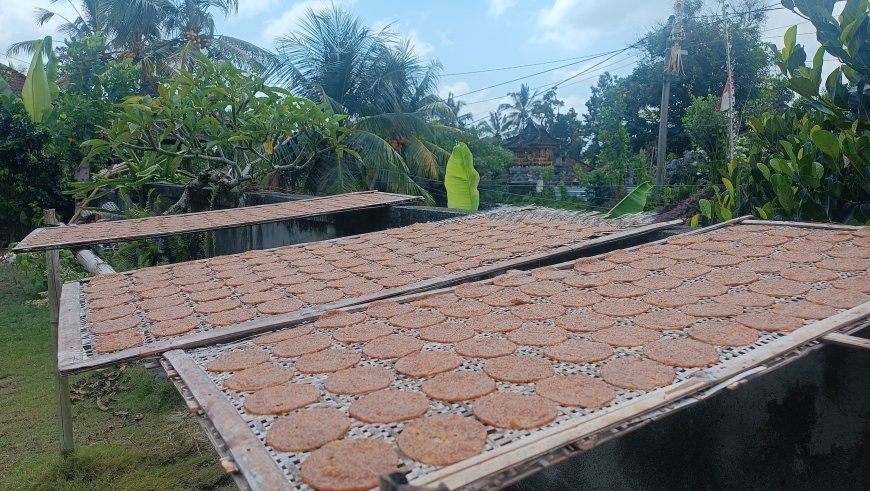
The Drying Process of Jaje Abug (Image Source: Personal Collection)
In the drying stage, jaje abug slices are sun-dried to achieve the perfect texture, soft on the inside but slightly firm on the outside. This step also helps preserve the snack so that it remains enjoyable even after being stored for an extended period. Once dried, the thin slices of jaje abug are rolled into neat, small circles. Each roll showcases the beauty of traditional craftsmanship that has been preserved and passed down through generations.
When served, jaje abug is often enjoyed with tape, a fermented glutinous rice that adds a refreshing taste. This combination creates a delightful blend of sweet, savory, and mildly sour flavors that melt perfectly on the palate. The tape provides a tangy note that balances the sweetness of jaje abug, creating a uniquely harmonious taste. During celebrations such as Galungan and Kuningan, jaje abug is more than just a complementary treat; it becomes a symbol of family unity. Through this tradition, the values of kinship and cooperation are strongly felt, as family members work together to prepare ingredients, cook, and present jaje abug at the family gathering.
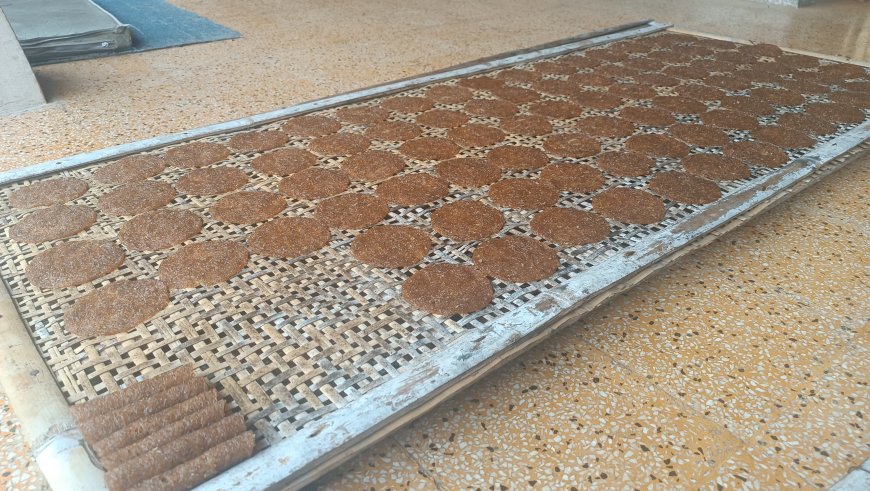
Jaje Abug (Image Source: Personal Collection)
More than just food, jaje abug embodies a reverence for ancestral heritage and the rich cultural identity of Bangli. Amidst the currents of modernization and changing times, the people of Bangli continue to preserve jaje abug as a vital part of their identity. Efforts to maintain this tradition extend beyond the crafting process, emphasizing the preservation of values embedded within it such as mutual cooperation, togetherness, and gratitude.
Through jaje abug, we not only savor the pleasure of traditional culinary arts but are also presented with a well-wrapped story of history and culture in each bite. This tradition serves as an homage to the ancestors and a way to uphold the cultural identity of Bangli and Bali as a whole. In every serving of jaje abug shared within a family, there is a message about the importance of unity, harmony, and peace values that form the heart of community life.
